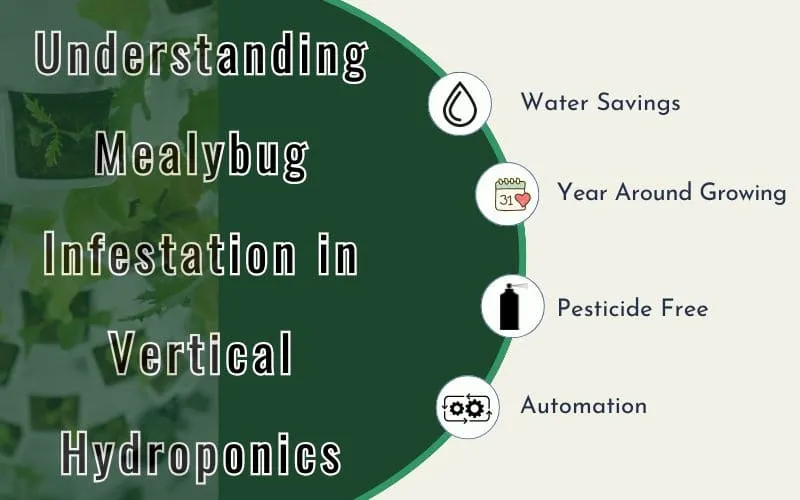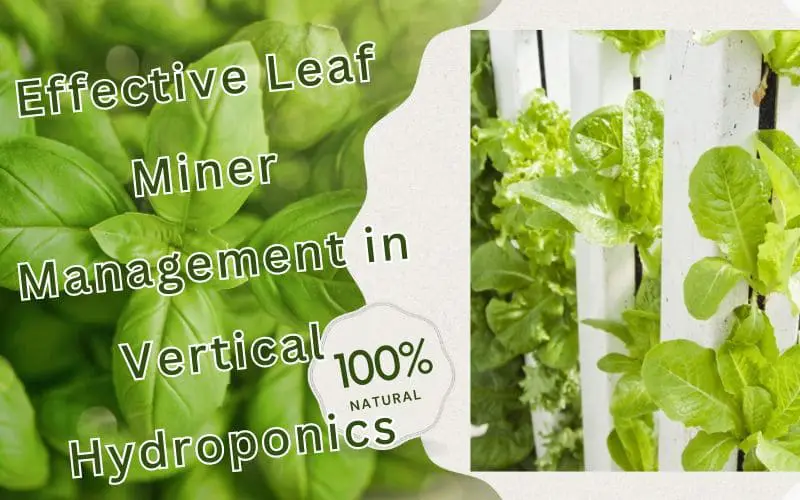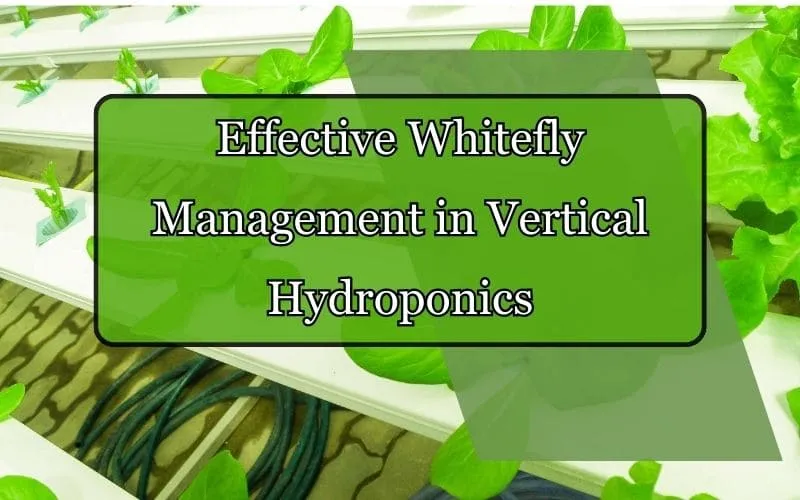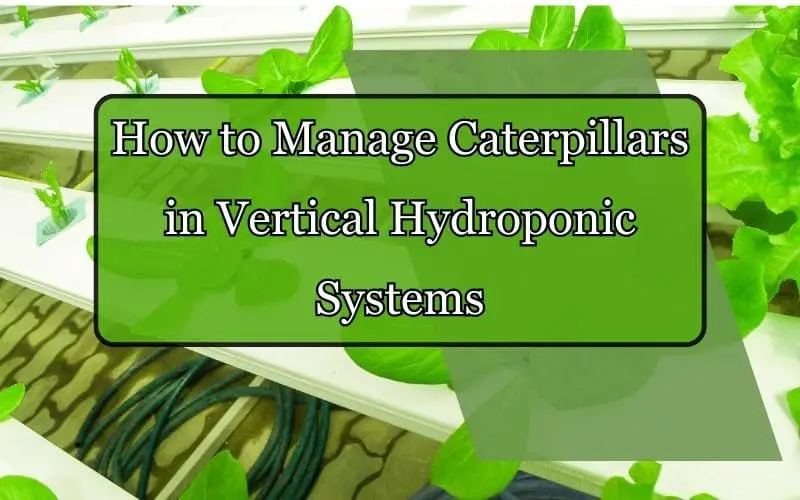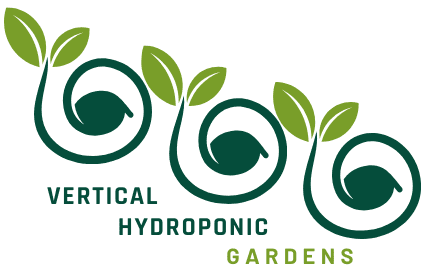Preventing Common Pests in Vertical Hydroponics Gardens

Introduction
Welcome to the world of vertical hydroponic gardening, where the future of farming is taking root. In this article, we’ll delve into the fascinating realm of common pests in vertical hydroponics and explore preventive measures to maintain a pest-free environment for your thriving plants.
Understanding Common Pests in Vertical Hydroponics
What are Common Pests in Vertical Hydroponics?
- Aphids: Aphids are small, soft-bodied insects that can quickly infest plants, particularly in the warm indoor environment of vertical hydroponic systems. They feed on the sap of plants and can cause wilting, yellowing, and stunted growth.
- Whiteflies: These tiny, moth-like insects are common pests in hydroponic systems. They often congregate on the undersides of leaves, sucking sap and causing yellowing and weakening of the plants.
- Spider Mites: Spider mites are nearly microscopic pests that are known for the fine webbing they produce on the leaves of plants. They pierce the plant cells to feed on the fluids, leading to mottled or yellowed leaves and overall decline in plant health.
- Plant Diseases: Various plant diseases, such as powdery mildew, root rot, and leaf spot, can thrive in the moist and enclosed environment of vertical hydroponic systems. These diseases can quickly spread and impact the entire crop if not managed effectively.
Common pests in vertical hydroponics pose a significant threat to the health and productivity of the plants. Effective pest management involves early detection, regular monitoring, and appropriate control measures. By understanding the characteristics and behaviors of these common pests, hydroponic gardeners can implement targeted strategies to maintain a thriving and pest-free growing environment.
Identifying Common Pests in Vertical Hydroponics
Identifying common pests in vertical hydroponics is a crucial aspect of maintaining a healthy and thriving system. By recognizing these pests early, you can take strategic measures to prevent and control their impact. Here are some common pests to watch out for:
- Aphids: These tiny, pear-shaped insects can quickly multiply and cause damage by feeding on plant sap. Look for clusters of aphids on the undersides of leaves.
- Thrips: Thrips are slender insects that puncture plant cells to feed, causing stippling and discoloration. They are often found on the upper sides of leaves.
- Spider Mites: These arachnids are known for the fine webbing they produce on plants. They feed on plant fluids, leading to yellowing, wilting, and reduced plant vigor.
Preventive Measures for Common Pests
Natural Pest Control Methods
Implementing natural pest control methods in vertical hydroponics is a sustainable and environmentally friendly approach to combat common pests. By utilizing a variety of effective strategies, growers can effectively manage pests while maintaining a healthy growing environment.
- Ladybugs: Ladybugs, also known as lady beetles or ladybird beetles, are natural predators of aphids, scales, and mites. Introducing ladybugs to the hydroponic system can help control these harmful pests.
- Lacewings: Lacewings are another beneficial insect that preys on harmful pests such as aphids, whiteflies, and small caterpillars. These delicate insects are valuable allies in natural pest control.
In addition to beneficial insects, organic products such as neem oil and insecticidal soaps can be effective in managing pests while avoiding the use of harmful chemicals. These natural alternatives provide a safe and sustainable solution to pest control in vertical hydroponic systems.
Integrated Pest Management (IPM) in Vertical Hydroponics
Integrated Pest Management (IPM) is a comprehensive and sustainable approach that combines preventive cultural practices, biological controls, and targeted use of pesticides to effectively manage common pests in vertical hydroponic systems. By integrating IPM strategies, hydroponic gardeners can significantly reduce the risk of pest resistance while maintaining a harmonious and thriving ecosystem within their setups.
- Preventive Cultural Practices: These include maintaining proper hygiene, eliminating plant debris, and ensuring optimal growing conditions to minimize pest attraction and establishment.
- Biological Controls: Beneficial insects, such as ladybugs and predatory mites, can be introduced to the hydroponic environment to naturally regulate pest populations.
- Targeted Pesticide Use: When necessary, the judicious application of specific pesticides provides an additional layer of defense while minimizing the impact on non-target organisms.
Maintaining a Pest-Free Vertical Hydroponics Garden
Hygiene Practices for Prevention
When it comes to maintaining a pest-free vertical hydroponics garden, implementing rigorous hygiene practices is essential for preventing common pests from infesting your plants and disrupting growth. Firstly, it’s crucial to regularly clean and sterilize all hydroponic equipment, including pumps, tubing, and reservoirs, to eliminate any potential breeding grounds for pests.
Additionally, thorough elimination of debris, such as dead plant matter or organic buildup, is vital to create an environment that is inhospitable to pests.This can be achieved by conducting routine maintenance and cleaning sessions to remove accumulated debris. Furthermore, ensuring proper air circulation within the hydroponics system is a key factor in pest prevention.
Adequate airflow not only assists in regulating temperature and humidity levels, but also creates an environment that is less favorable for pests to thrive. By incorporating these comprehensive hygiene practices, you can effectively safeguard your vertical hydroponics garden against the threat of common pests, promoting healthy and robust plant growth.
Regular Monitoring and Inspection
Regular Monitoring and Inspection
Consistent monitoring and inspection of your vertical hydroponics garden are essential for early pest detection. By closely observing your plants for any signs of pest infestation, you can swiftly implement targeted pest management strategies and safeguard the health of your crop.
Conclusion
In conclusion, understanding common pests in vertical hydroponics and implementing preventive measures are essential for maintaining a thriving and pest-free garden. By integrating natural pest control methods, adopting IPM practices, and upholding stringent hygiene standards, you can cultivate a flourishing vertical hydroponics garden that is resilient against common pests, ensuring the optimal growth and health of your plants.
